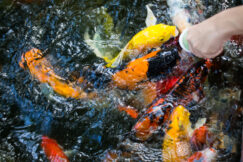Adding ponds to your yard or garden can breathe new life into it. They are also ideal for bringing peace and beauty to nature. To help stop leaks, erosion, and outside pollution, every pond needs some liner. Budget restrictions can make it challenging to find the ideal liner. However, pond owners have many alternatives and options to consider.
Pond liner alternatives
Pond liners can be made from a wide variety of materials. They come in various sizes and shapes; some will function better than others for particular pond configurations.
Tarpaulin
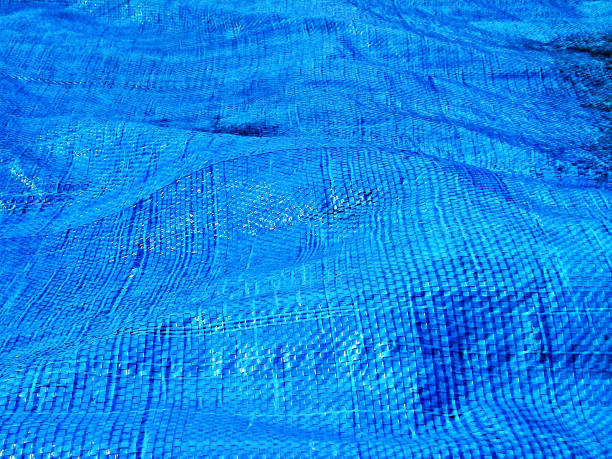
You might line your pond with a tarp as an alternative to a pond liner. Water is kept contained by a tarpaulin pond liner, which is composed of water-resistant material. Ponds for fish or other animals are frequently constructed using this material.
Typically, plastic or PVC is a lightweight and flexible material used to make tarpaulins. Installing Tarpaulin Pond Liners is also simple. They may be transported outside by being rolled up into a tiny package for convenience. They can satisfy the needs of numerous people because of the variety of sizes available.
However, the longevity of the tarp liner is not impressive at all. Tarpaulin Pond Liners are renewed every few years because they are not intended to be permanent. Pests like mosquitoes and other insects could use them as cover.
The material is highly prone to tearing or breaking, particularly in colder areas.
Waterbed liner
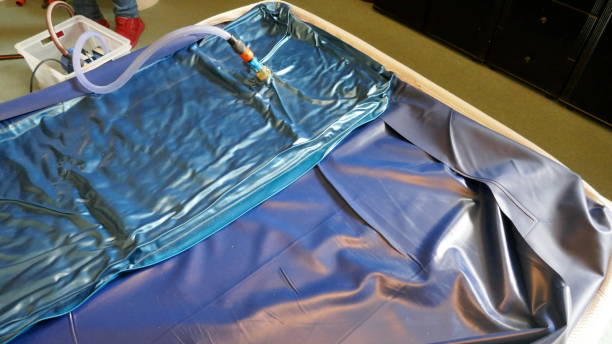
High-density foam can be used as a pond liner and is commonly used as a waterbed liner. It’s incredibly cost-effective, quick to install, and offers many advantages. Because it is UV protected, like EPDM rubber liners, the waterbed liner for the pond has an advantage over other pond liners. It works well as a sealer as well.
In colder climates, the waterbed liner can reduce heat loss and heating expenditures in warmer temperatures. Installation is not very difficult because of its lightweight. The pond liner is created without using any dangerous chemicals and is environmentally friendly because it is made of polyethylene foam.
The waterbed liner is puncture-resistant because it can take sharp rocks and sticks without pulling them apart.
In contrast to other pond liner materials, a Waterbed pond liner has very low durability and strength; as a result, there is a very high chance that it will be damaged by an outside force, leading to pond leakage or even fracture.
PVC liners
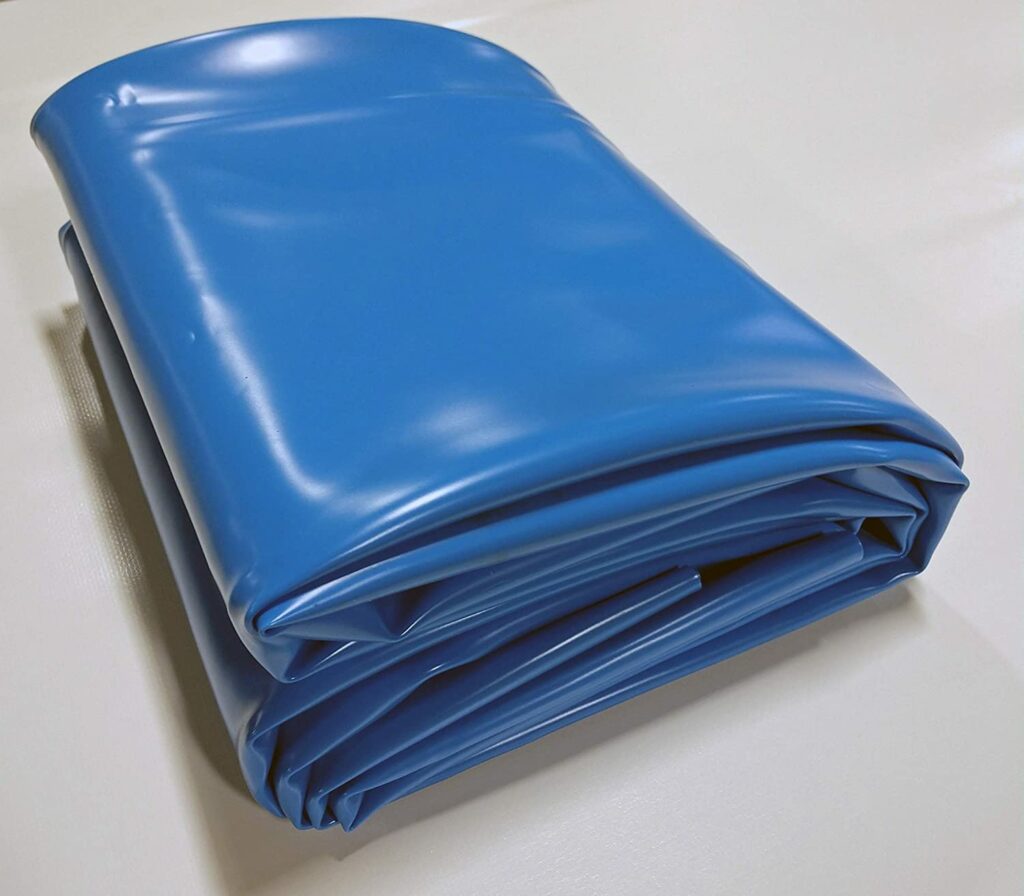
It functions as a typical pool liner and is also helpful for ponds. PVC liners’ excellent puncture strength is one of their most prominent characteristics. So, you may be sure that your liner won’t get punctured at the wrong time.
Additionally, this material has excellent abrasion resistance. Your liner won’t need to be repaired frequently because of wear from pond stones.
PVC lining also has significant drawbacks. Repairs are challenging during the winter or when the ground is frozen. Many bubbles will form if the pond’s bottom is not prepared correctly. Its thickness exerts significant pressure on the earth, particularly in the spring and fall, and it can quickly result in considerable subsidence.
Polyethylene pond liner
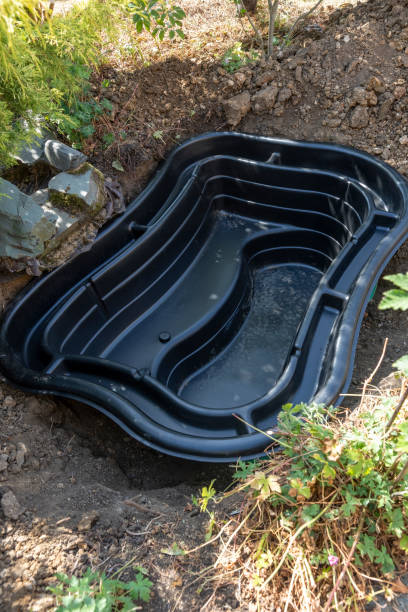
An excellent substitute for conventional pond liners is polyethylene. Polyethylene liners can readily keep your garden pond’s water in place. Additionally, it is simple to mold into whatever shape your pond wants.
Up to 20 years are possible using polyethylene. When making a pond, you can shape the space any way you like by excavating the desired region.
With polyethylene, all you need to do is cut it to fit your pond’s dimensions; as you fill it, it will take on the shape it needs.
Polypropylene pond liner

Another good option for your pond liner is polypropylene. Use polypropylene as a strong and resilient replacement for the conventional pond liner. It is more expensive than EPDM but has a higher strength. Therefore, it is among the most popular choices for owners of commercial ponds.
This material’s stiffness is one of its main drawbacks. Since polypropylene is less flexible than other materials, installation requires the expertise of a professional.
Bentonite sealing
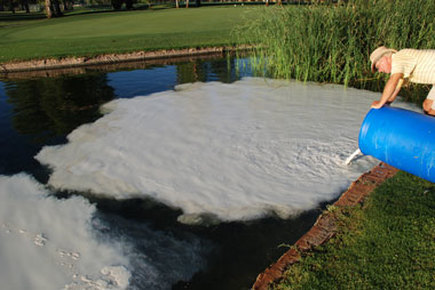
Another excellent choice for pond liners is that it works just as well as bentonite sealing. It is renowned for being used to repair pool leaks. This choice is affordable and comparatively simple to use.
There are several ways to replace pond liners with bentonite sealing. Make sure you select the best choice for you. Don’t forget that it expands when you add water to bentonite clay.
Concrete
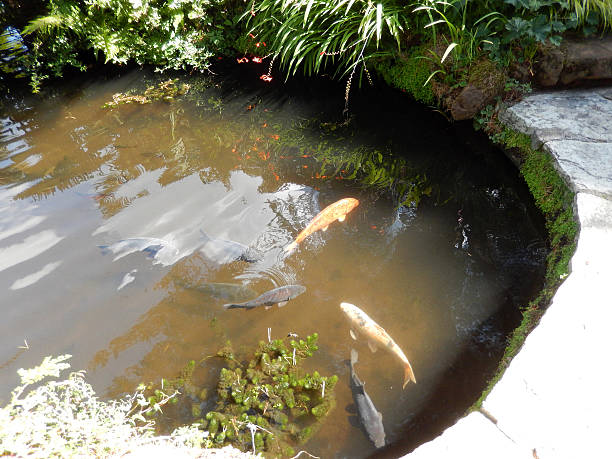
Instead of utilizing a pond liner, you can construct a pond out of concrete. For a large pond, the concrete must be reinforced and at least 4 inches thick; however, for a small pond, you may get away with considerably thinner concrete (between 1 and 2 inches wide).
Additionally, you will need to use a sealant to stop water from leaching chemicals out of the concrete because water does this naturally.
To ensure that the concrete is an even thickness throughout your pon, smooth the dirt surfaces before pouring it and remove any loose dirt from the sides and bottom.
Lime and clay liner

Lime and clay cover is a pond liner to hold your pond’s water. Usually used as a pond liner by those who cannot afford or do not intend to spend a lot of money.
Without a doubt, this pond liner method is a fantastic substitute. The clay’s tiny particles help keep the water in the pond from evaporating.
It’s simple to create this liner. The quick lime coating is on top of the clay layer. Both of these treatments result in hardened lime concrete. As a result, there are almost no instances of water leakage.
Conclusion
Setting up a typical pond requires pond liners. However, the price of conventional pond liners makes it necessary to look for less expensive options. The best solutions are affordable, dependable, and simple to use.
The benefits shared by each species on this list could make them valuable additions to a range of fish ponds.
This guide should make making informed purchasing decisions easier and better enable you to select the ideal liner for your particular requirements.


